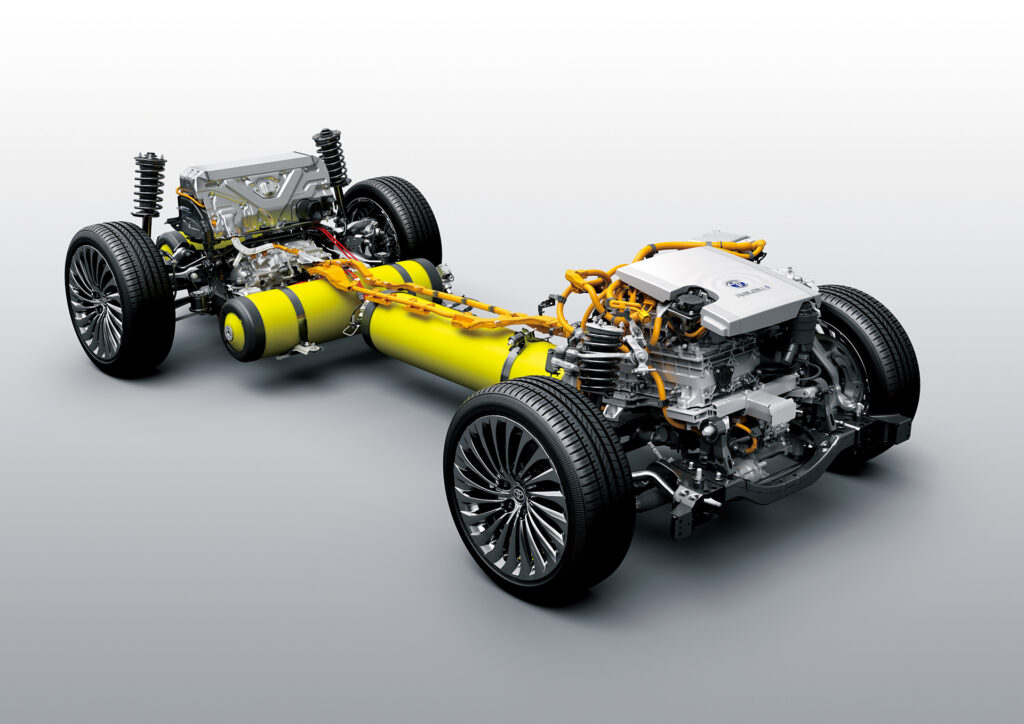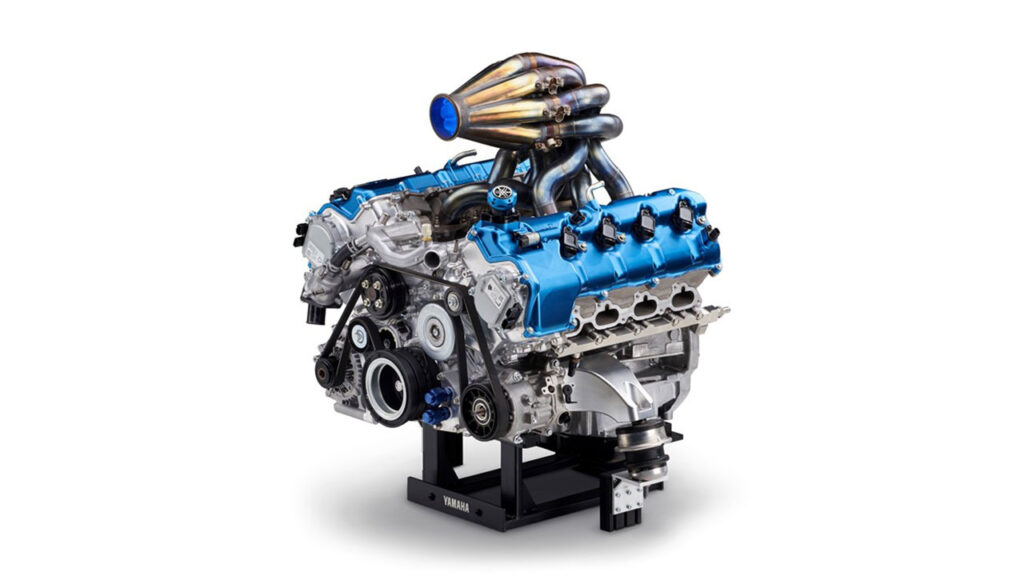Why burning hydrogen in an ICE is an awful idea…
It’s not difficult to modify an existing ICE – internal-combustion engine – to burn hydrogen instead of petrol or diesel, but it’s also not a smart thing to do.
The appeal isn’t hard to understand. The ICE, as we all know, is an affordable technology that’s comfortably familiar. And, at least in theory, burning hydrogen in an ICE produces only water vapour.
But there are two massive problems with using hydrogen in this way. It’s wastefully inefficient, for a start. And the expensive infrastructure required to supply it to motorists doesn’t exist, unlike the electrical grid.
There are other obstacles, too.
Hydrogen ICE v FCEV…
An FCEV – fuel-cell electric vehicle – runs on hydrogen, but uses it much more efficiently than an ICE.
No matter what fuel an ICE runs on, most of the energy in that fuel is lost as heat. The main escape routes are the cooling system radiator and the exhaust pipe.
Losses of around 70 percent are typical for a modern ICE, though there are a handful that through careful design manage to reduce this figure to 60 percent or so. In other words, only 30 or, at best, 40 percent of the of the energy in the fuel burned by an ICE ends up making the crankshaft spin and the wheels turn.
This is a pretty poor conversion rate, but it’s not the only problem. The high-temperature combustion in a hydrogen ICE means it produces nasty oxides of nitrogen – NOx – just like any other ICE. Water vapour isn’t the only thing coming out of the tailpipe of an internal combustion engine burning hydrogen.

NOx is a known respiratory system irritant, among other things, which is why emissions of this pollutant are strictly limited by regulations everywhere in the world.
Hydrogen fuel cells don’t burn their fuel. They get warm, not hot, and so produce no NOx. But this is a side issue compared to the big advantage of the fuel cell over the hydrogen ICE.
Hydrogen fuel cells are twice as efficient. They convert around 60 percent of the energy stored in their fuel tanks into going places. This is a massive advantage, but it isn’t the end of the argument…
Hydrogen ICE v EV…
It’s logical to make this comparison.
Today most hydrogen is produced from natural gas in a process called steam methane reforming. Natural gas is basically the same thing as methane, or CH4 (one carbon atom bonded with four hydrogen atoms).
Mixing methane with high-temperature steam breaks the atomic bonds to release the hydrogen, but also produces CO2, the biggest greenhouse gas of them all. So it’s not a great idea to make hydrogen this way if the objective is to cut the greenhouse emissions of using cars to zero.
There’s another way to produce hydrogen that’s squeaky clean in comparison. Electricity can be used to break down H2O into the hydrogen and oxygen it’s made from. The smart way to do this, rather obviously, is using renewable energy.

What this means is that any kind of car running on clean hydrogen is basically competing with EVs. We’ve already seen that an FCEV is twice as energy efficient as a hydrogen-burning ICE-powered vehicle. But an EV, in turn, is twice as energy efficient as an FCEV. Here’s why…
Producing hydrogen from water by electrolysis isn’t 100 percent efficient. While there’s ongoing research into how to improve the process, current electrolyser tech manages efficiency in the 60 to 70 percent range. This is a big loss, but there’s more to come.
Storing a useful amount of hydrogen in a fuel tank involves compressing it at up to 700bar – 10,000psi in round figures – or refrigerating it to minus 253 degrees. Both processes consume considerable energy, though compression has an edge over refrigeration. The hydrogen then has to be transported to where it’s sold, at a further cost in energy.
And the costs add up. Credible estimates put the overall efficiency – let’s call it turbine-to-tyre factor – of an FCEV in the 20 to 30 percent range. Not impressive numbers, but remember that an ICE-powered car burning renewably produced hydrogen is going to be only half as good.

EVs aren’t 100 percent efficient either, but they’re vastly better than the hydrogen-powered alternatives.
There are small losses pushing electricity through the wires and transformers of the grid. And there are more losses as it goes through chargers and is stored in battery packs. Finally, there are losses in an EV’s inverter and motor.
But all of these leaks are relatively small. The turbine-to-tyre efficiency of an EV running on renewable energy is estimated by experts at around 75 percent.
So the same number of renewably generated kWh needed to drive 100km in an EV will take you only 50km in an FCEV or about 25km in a hydrogen-burning ICE-powered car. Or, to put it the other way, if an EV uses 20kWh to drive 100km, an FCEV will require 40kWh and a hydrogen-burning ICE will need 80kWh.
It’s simply dumb to waste clean electricity making fuel for an inefficient hydrogen-burning ICE – and that’s before you start considering other emissions such as NOx.
There are so many other ways for renewable electricity to cut carbon emissions in other areas much more efficiently. Powering an EV, for example…




